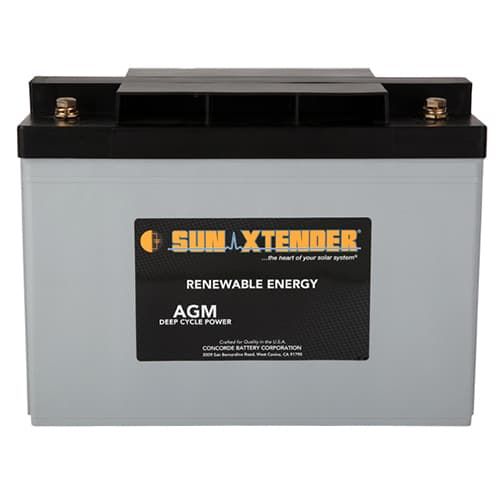Drawing shows 12V 20 Ah battery. That's 240 Wh, presumably lead-acid.
For long life it is suggested only drain 50%, 120 Wh. With 120V 10A load (if it really draws that much), 1200W
You might expect 1/10th hour or 6 minutes run time. Or longer, if voltage allowed to go lower.
But there is something called "Peukert" effect, that at high discharge rates the available amp hours from lead-acid is reduced.
At the very least it means resistance of battery causes voltage to drop too low, but I think there is a chemical effect.
Have you ever noticed that a car battery won't continue turn the engine over, but if left to sit 10 minutes it will? Something recovered.
This graph shows it:
Can't do much about discharge rate.
You need a higher capacity battery (preferably true deep cycle).
To boost 6 minutes to 60 or 120 you just need 10x or 20x as much battery (maybe a bit less, Peukert won't hurt you as much at 1.0C or 0.5C as at 10C.)
200 Ah or 400 Ah. That's gonna hurt the pocket book. 200 Ah at 12V of my favorite AGM is about $500.
Cheapest is going to be wet-cell FLA golf cart batteries, maybe $100 to $200 for a pair of 6V, but I prefer to avoid spillable.
Best performance, price/performance, and lifespan might be DIY LiFePO4, but that's still $600 for 280 Ah 12V (cells & BMS)
If you measure current draw you can better understand the capacity needed.
Measuring high DC current is more difficult/expensive, but you can use a clamp AC ammeter and calculate roughly the DC current.





